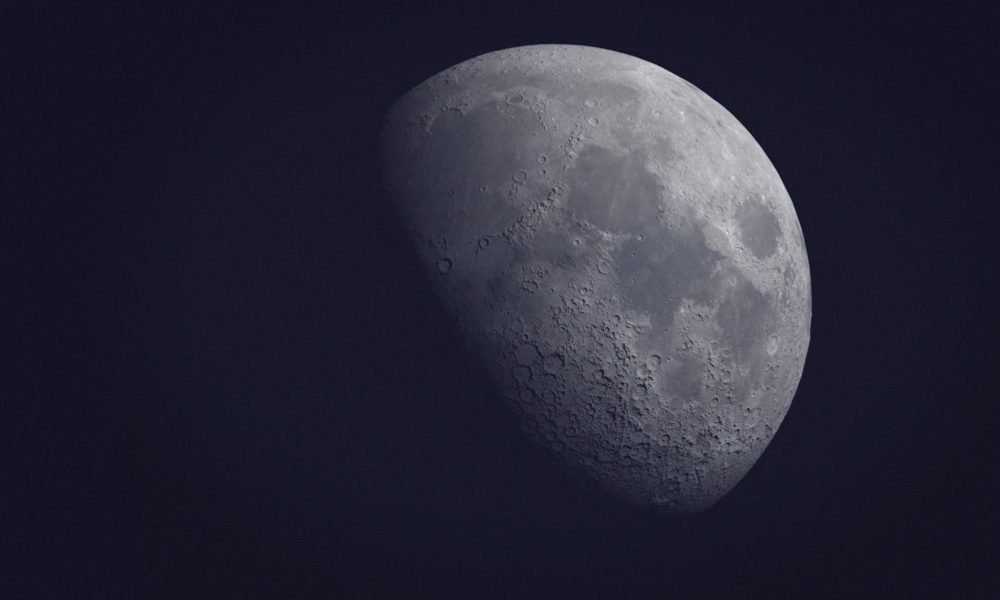
ESA Open Invitation to Tender AO9903
Open Date: 07/06/2019
Closing Date: 05/08/2019 13:00:00
Status: ISSUED
Reference Nr.: 19.18I.04
Prog. Ref.: Fut.Mis.Prep.
Budget Ref.: E/E104-E5 – Fut.Mis.Prep.
Special Prov.: BE+DK+FR+DE+IT+NL+ES+SE+CH+GB+IE+AT+NO+FI+PT+GR+LU+CZ+RO+PL+EE+CA+SI
Tender Type: C
Price Range: 200-500 KEURO
Products: Satellites & Probes / Other
Technology Domains: RF Systems, Payloads and Technologies / TT&C and Payload Data Modulator (PDM) Systems/Subsystems / High-speed Downlink PDM
Establishment: ESTEC
Directorate: Directorate of EO Programmes
Division: Future Missions & Instrument Division
Contract Officer: Tchoualack, Cendrine
Industrial Policy Measure: N/A – Not apply
Last Update Date: 07/06/2019
Update Reason: Tender issue
The traditional frequency for the payload data downlink for Earth Observation (EO) satellites is the X-band in the 8.025 to 8.400 GHz. ESA initiated system studies in 2008 for the use of the 25.5 to 27 GHz (known as 26 GHz band) that were followed by technology developments in the following years. Its only one decade later, that were collecting the fruits of those developments with missionslike MetOp-SG that have adopted the 26 GHz band, and very likely to be adopted by the Next Generation of Sentinels too. The battle for more data and more bandwidth is every time more intensive, as we can see with the 5G industry starting using also the 26 GHz. Given the long time that it takes to be ready for the adoption of new systems based on new frequencies, it is time to start looking into the next frequency band suitable for the data downlink for Earth Exploration Satellite Systems (EESS) used by EO satellites.Therefore, a system study is required to look into the specificities of the Q/V band (i.e. 37.5 to 40 GHz) for the data downlink from LowEarth Orbit (LEO). In particular, system aspects driven by the feasibility of link budgets need to be studied. One main source of uncertainty is the atmospheric attenuation at very low elevation angles (typically 5 degrees) and with high satellite-to-cloud dynamics. Unfortunately, existing propagation models are usually limited by different constraints driven from the satellites in GEO orbits. The other point to address is the technology needs at these high frequencies, and the study should result in a roadmap of future developments.
If you wish to access the documents related to the Invitation to Tender, you have to log in to the ESA Portal.
